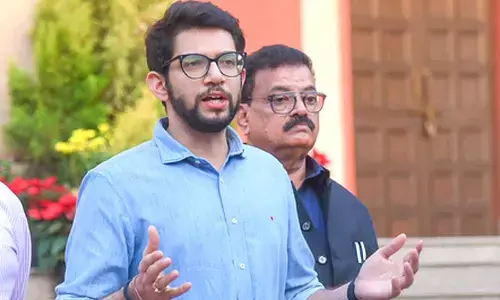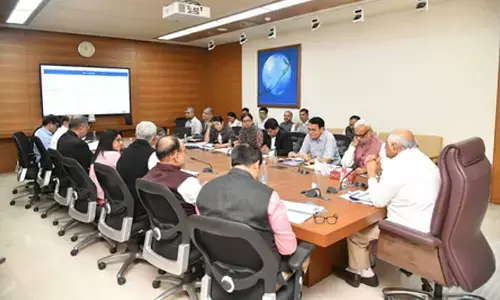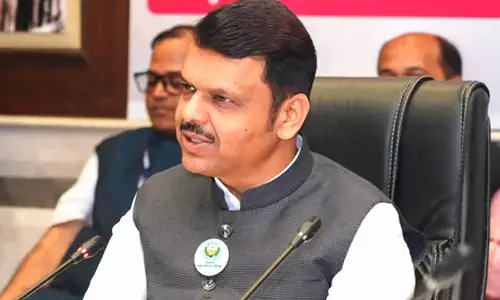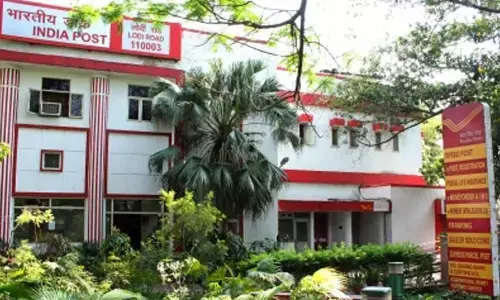Inclusive land reforms towards conclusive title
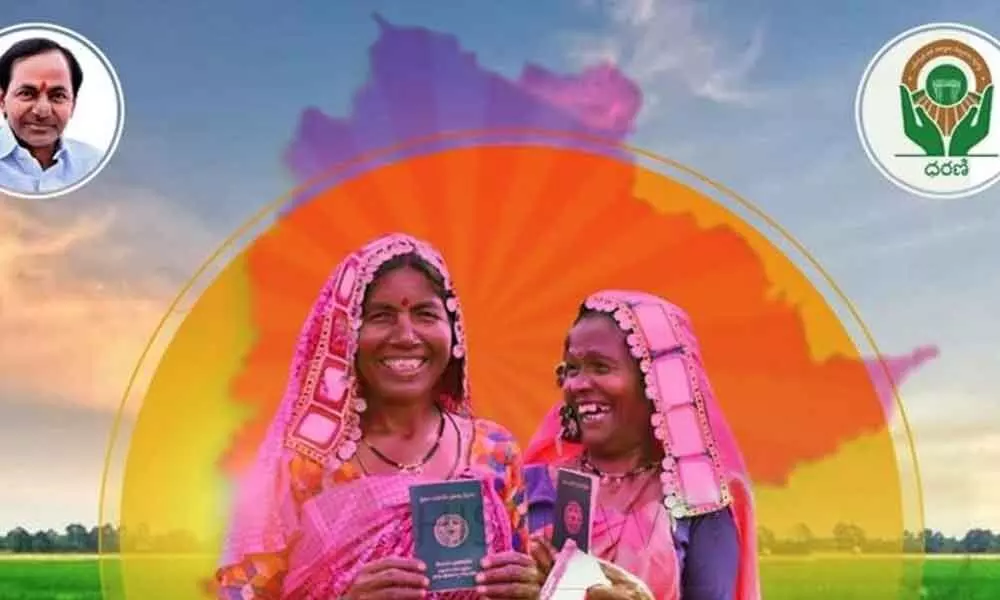
Inclusive land reforms towards conclusive title
Telangana Land Rights, Pattadar Passbook Bill and the Telangana VROs Abolition Bill were passed unanimously in the State Legislative Assembly.
Telangana Land Rights, Pattadar Passbook Bill and the Telangana VROs Abolition Bill were passed unanimously in the State Legislative Assembly. Informing the House that the Revenue reforms now being brought are the first step, the Chief Minister reiterated that many more reforms would follow suit. He asserted that a comprehensive land survey in the State would be taken-up as a measure to put an end to all land related problems. The reforms initiated now would ultimately culminate into giving conclusive titles to land owned farmers.
Conclusive titles are state guaranteed titles, where the state guarantees the title for its correctness and provides for compensation in case of any disputes. A conclusive title is an unquestionable and convincing proof of ownership of property. Current provisions in central Registration Act (1908) do not confer clear property titles on the owners while providing for registration of property deeds and documents. The title remains merely presumptive.
The kind of rural administration that was in vogue in Telangana as against the present initiatives of CM KCR is quite interesting. Villages which were Republics were integral part of our country's history and Britishers never interfered in the age-old traditions or customs. In the earlier times agriculture lands had no boundaries at least till the 19th century. Moghul Emperors Akbar and Sher Shah Suri undertook land measurements for the first time. Till mid-19th century Village Karanam was in-charge of Land records while the Munasab or the Police Patel was in-charge of Law and Order.
During Kakatiya's rule Ganapati Deva Raju specially trained 6,000 (Niyogi) Brahmins and made them the village Karanams.
In 1853, the then Nizam appointed Salar Jung I as the Prime Minister in which position, he worked for 30 years under three Nizams. Through his Zilla Bandhi policy Salar Jung regularised the governing system of Jagirdars, Makthedars and Payagas. For the first time the Nizam government had undertaken survey of the lands and prepared the records. These records were in vogue till the Salar Jung III in 1936 undertook yet another survey.
Such a survey was not done earlier. Except the village officer no one knew how much land was available and under whose control it was. There were no proper records of the land nor its boundaries. The term Pattadar lands came into vogue for the first time after Salar Jung's survey. Nizam government created and appointed an officer called Girdavar for the villages. He was in addition to Patwari, Mali Patel and Police Patel who were not paid any salary from the government. This administrative set up continued till 1956 when the Hyderabad state merged with Andhra state.
After the Salar Jung survey Anavari register was maintained which were also called as Setwari. For the farmers land there used to be a map called Naksha. These maps are drawn with black ink on a silk cloth. These are still available now. Some land was earmarked in every village as part of the Gram Kantam.
For animal fodder one fourth of the land earmarked as Bancharayi. Lands, which were not fit for cultivation, were called Poramboku. In the farmers land, rocks, uncultivable piece was called Phoot Kharab for which tax was not levied for that portion. There were records for the lands owned by farmers but not for any government land. The Nizam had allocated lands in the periphery of Hyderabad on his name and they were called Sarf-e-Kas. This was recorded as Zilla ataraf balda.
After the survey and settlement, the responsibility of maintaining records was given to the Patwari. Patwari used to prepare the tax collection list of names and handed over the same to Mali Patel. Patel and Patwari ruled the roost till the Panchayat Raj system came into existence. Patwari in his barish takhta used to compile information about availability of water, floods and famine.
Based on the Patwari report, during the Zamabandi cess used to be waived for the land if there was famine or floods. Whether to supply water for the second crop or not was to be decided at Taha Bandi. Crops dependent on rains used to be called Abee, Tabee while the wet crops were referred to as Kharif and Rabi.
Lands in the villages were called Tari and Khushki. At the advent of cultivation, the Patwari used to survey the lands, whether seeds are sown in Tari-Khushki lands and record the same. Checking of lands used to be called Charu Mahi and Hasth Mahi. The inquiry and check conducted by the Patwari every four months was called Charu Mahi. The checks done later were called Hasth Mahi. Girdavar used to be head of the checks. It was the responsibility of the Patwari to maintain records of the details of landowners, extent of land and the Cess collected. The records prepared by Patwari were key records for the government.
In a way, it can be said that as part of Salar Jung reforms, land was surveyed and recorded in such way that it could be computerized and digitalized today. In fact, survey of lands began under Sher Shah Suri though incompletely. However, due to various reasons, a need has arisen now for a fresh survey and settlement of lands and rectification of land records. The Survey Numbers given in those days have become irrelevant now. As CM announced in the Assembly, total survey of Telangana state would be undertaken. Along with the survey, coordinates for each and every survey number with longitude and latitudes will be fixed.
After the survey of Salar Jung then, the details of land cultivated by each farmer was maintained in a permanent record called Setwari. Every land holding was given a number which even today is referred as the Survey Number. Based on this, each year the Patwari used to prepare two records, Pahani (primary right document) and Chouphasla. Pahani has details like extent of the land, owner of the land, category of the land and what crop was cultivated etc. The inspection details of the crops both by Girdavar and Patwari used were entered in the Pahani.
Eventually, the Watandari system was abolished. A new administrative set up took over thanks to NTR. There were several lacunae that were creeped in the records. A wide gulf between the Village Revenue Officers and farmers in the villages surfaced. Nobody could say how much land was available and who owns what land? Consequent to rectification and updating of records the current Pattadar Pass Book was introduced with lesser number of relevant columns.
The proposed land survey with the help of Information Technology, as and when it is taken-up, would be better than that of Salar Jung leading ultimately to conclusive title to landowner as the ultimate goal. The rural administration, which was wrecked and destroyed with abolition of Watandari system and appointment of VROs would now be strengthened. The survey and settlement program announced by KCR would certainly and undoubtedly herald a new beginning in inclusive land reforms and conclusive title to land.









